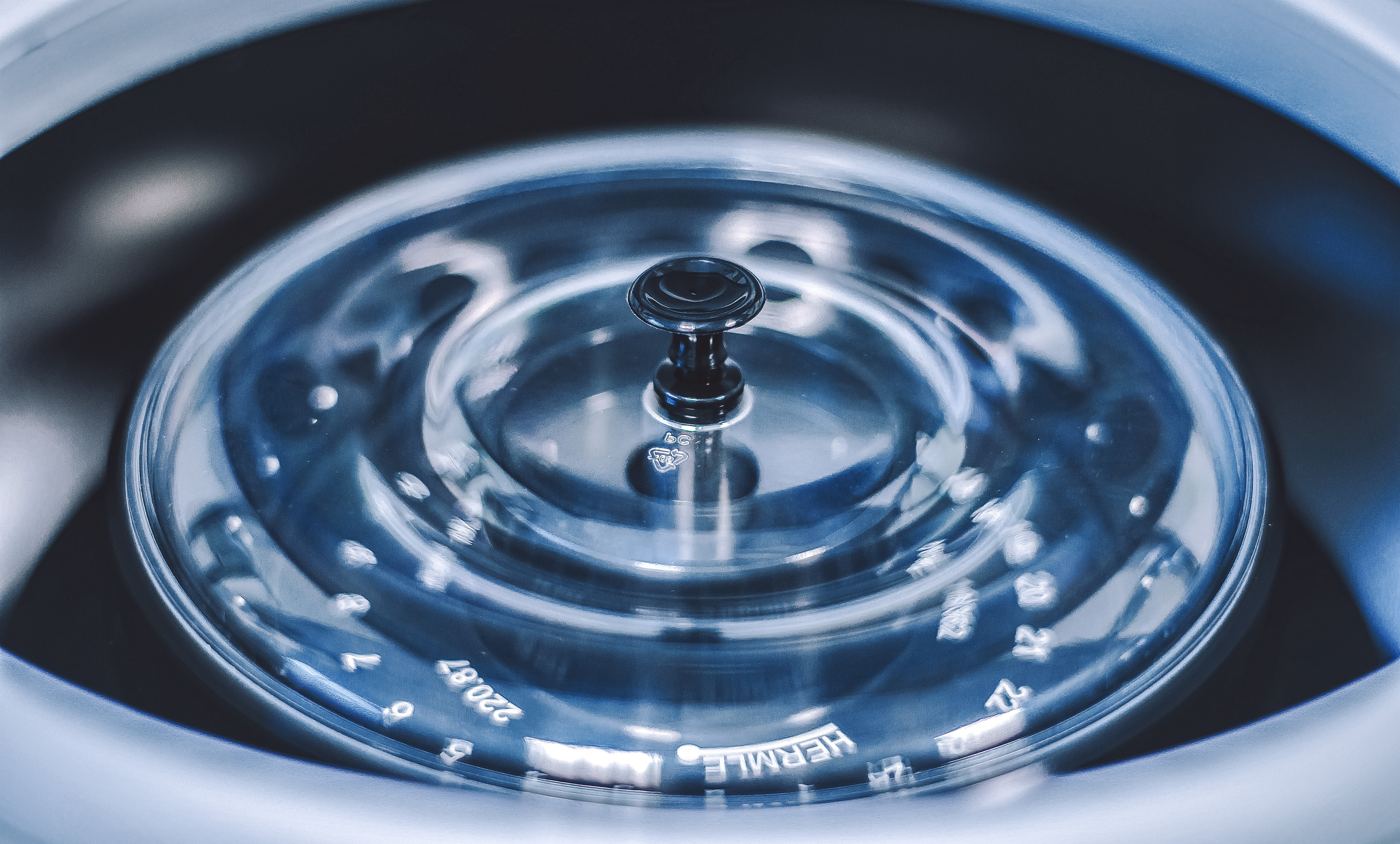Air-Powered Centrifuge
A light weight, low-cost and easily transportable centrifuge that does not require electric power to operate.
Centrifugation is a common technique generally used in the laboratory or in the field to separate biological samples, such as blood. Standard benchtop mini-centrifuges are powered by an electrical outlet and are heavy, in part, because of the metallic components of the electrical motor. Mini centrifuges are also expensive to produce due to the multiple components required to secure a heavy spinning rotor and the necessity of a correspondingly heavy shield to protect user from flying debris in case of rotor failure. Another issue is their reliance on the source of electricity to operate at many clinical trial sites or remote regions. Thus there is a need for a micro centrifuge that is light weight, easily transportable for use in remote areas and does not employ electrical power.
Researchers at Stony Brook University (SBU) have developed a light-weight, air-powered centrifuge (APC) that consists of only a few parts: a turbine rotor, a bearing, a platform, and a tubing connected to a nozzle on a platform. The APC can reach >4000 rpm and can be powered by a compressed air canister, hence portable.
 Please note, header image is purely illustrative. Source: Martin Schaier, Wikimedia Commons, CC BY 4.0.
Please note, header image is purely illustrative. Source: Martin Schaier, Wikimedia Commons, CC BY 4.0.
- Low-cost solution to table - top centrifugation in research and teaching laboratories - Centrifugation in field research where electrical power is not available
Patent application submitted
Prototype available. Provisional application covering the invention and their use has been filed.
Patent Information:
| App Type |
Country |
Serial No. |
Patent No. |
Patent Status |
File Date |
Issued Date |
Expire Date |
|